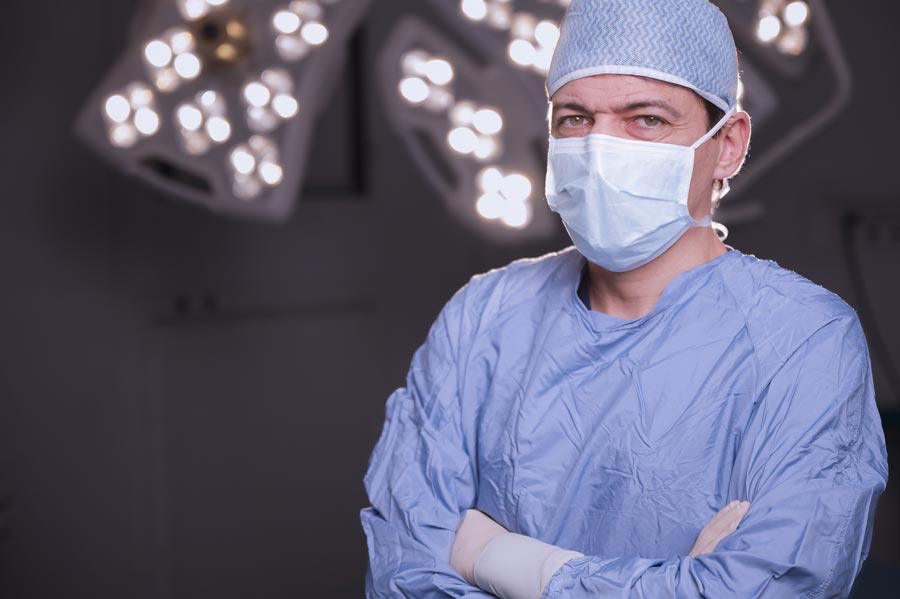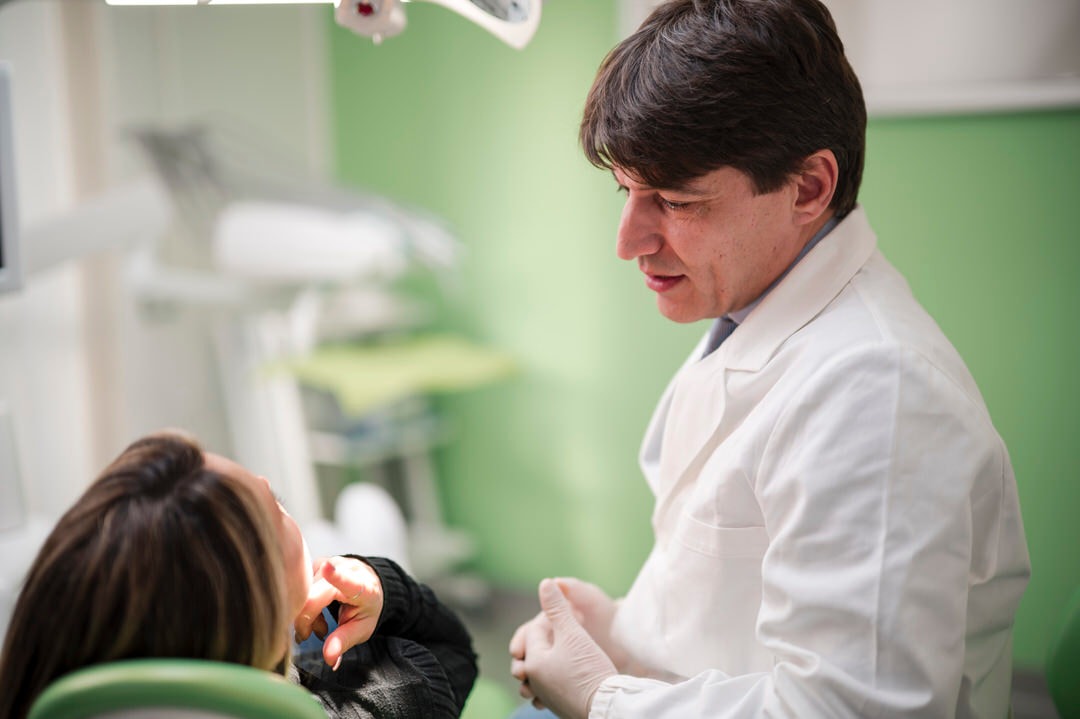
The Surgery First Surgery First, an evolution of the traditional Orthognathic Surgery path, involves surgery as the first step of treatment. Only after surgery is Orthodontic treatment carried out.
The traditional Orthodontic-Surgical path of Orthognathic Surgery includes an orthodontical phase before the operation, lasting about a year, during which the teeth are aligned on the two dental arches. The purposes are the alignment, leveling and elimination of dental compensations resulting from skeletal malocclusion (decompensation procedure), in order to obtain a correct relationship among the dental elements and the skeletal base that supports them. At the end of the presurgical orthodontics, the operation is carried out which, by repositioning the skeletal bases, by allowing the ideal occlusion to be obtained and the aesthetics of the patient's face to be improved. After surgery, the finishing orthodontic treatment keeps going, generally of short duration.
The Surgery First protocol bypasses pre-surgical orthodontics, by allowing the patient to undergo orthognathic surgery immediately. The orthodontic appliance is fitted in the days immediately preceding the surgery and, after this, an orthodontic alignment, leveling and finishing treatment is carried out.

Surgery First must be the perfect choice in orthognathic surgery because it offers significant advantages:
It is important to know that Surgery First is applicable in selected cases and their choice
constitutes an important moment for the surgeon. It is the features of the patient, identified with the initial case study, that determine whether he can be considered ideal for Surgery First.
The following are considered necessary requirements:
Where it is not possible to obtain adequate occlusal stability with the repositioning of the jaws alone, the traditional protocol is applied, with an orthodontic treatment in preparation for surgery.
La Surgery First non è indicata se sono presenti queste condizioni:
In tutti questi casi viene applicato il protocollo di trattamento tradizionale, con un trattamento ortodontico di preparazione all’ intervento chirurgico.


Il Dott. Daniele Panetta e il suo team lavorano con professionalità e passione per offrire soluzioni personalizzate per esaltare l’armonia del tuo volto.